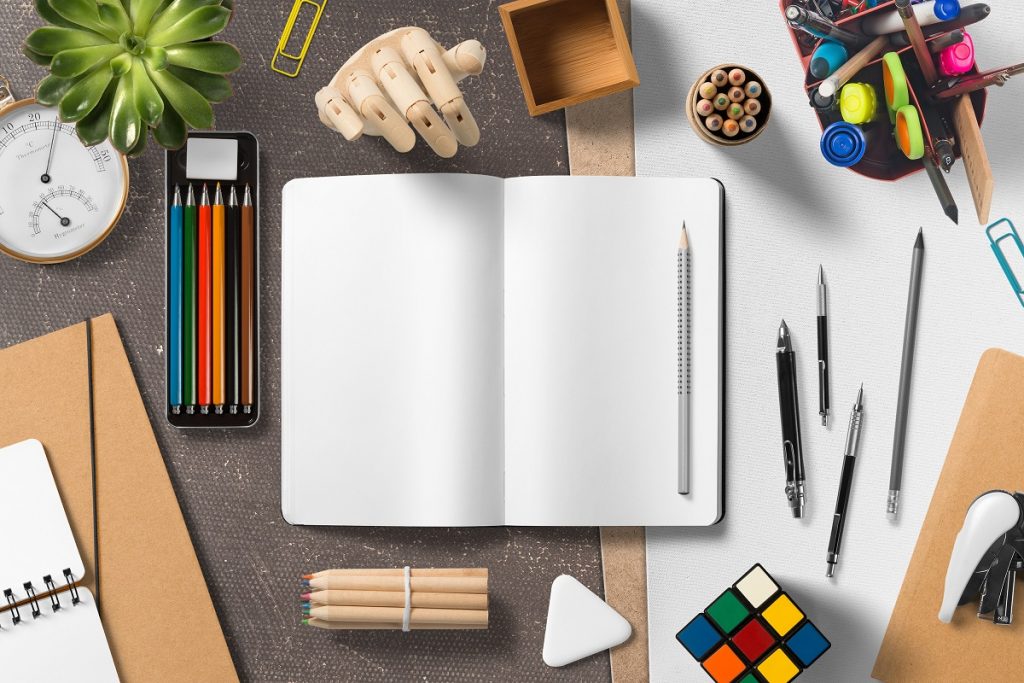Are you into creating paper-crafted projects and want to add texture and dimension to your crafts? If yes, you should consider learning how to heat emboss.
Heat embossing refers to a method that enables you to introduce raised elements on paper-crafted projects. It lets you create such elements by sketching images on paper or stamping the images using ink. To get started, you’ll need to shop for ink, powder, and embossing heat tool.
Let’s Talk About Embossing Powders
When getting embossing powders, there are multiple options to consider. You should check the different powder characteristics and their suitable applications. That will help you get your desired results. Below are the some of the powders you can get in the market:
Specialty powders
These possess unique properties than the other kinds of powders. The main purpose of these powders is to add an extra touch and uniqueness to embossed surfaces. These include scented powders, powders that give a matte finish, and powders that glow-in-the-dark.
Opaque Powders
Did you know that you could get powders in every color there is in the world? If you want to combine multiple colors in one piece, you need a neutral or block surface for proper contrast. Opaque powders are useful in creating solid surfaces that form the base when you want to combine multiple colors.
Metallic Powder
There is recent popularity in metallic finishes, and thankfully, you can achieve that using powders. Whether you want to create a finish that resembles gold, platinum, or silver, there are different powders that could give you that desired finish. You can also combine different powders for a unique finish.
Glittery Powder

There is something special about glitter. It lights up an art piece and makes it stand out from the rest. Glittery powder allows you to get the glitter effect without creating a mess. You need to melt the powder first and then cool it off. Also, you might dust a few sparkles off to get a permanent embedded glittered surface.
Ultra Thick Powder
Unlike other powders, these contain large particles. Therefore, these are ideal for images that require fewer details and contain more solid parts. Despite the largeness, these offer glossy finishes and reveal details on an art piece.
How to Start Embossing
The procedure for embossing starts with stamping the desired image using any type of ink that is emboss-friendly. You should then pour your powder on the image.
The powder should be sufficient to cover the areas with the ink. Tap off any excess powder by gently tapping the image from the back. The last step is heating the powder using an embossing heat tool for the powder to melt. Avoid too much heating, as it will cause the powder to evaporate and may cause discoloring.
Embossing is a fun and creative way to create unique pieces. However, you need to understand the procedure well for excellent results. Also, you need the right tools. To save you from the trouble, get all the supplies you need from an online website that offers them.

